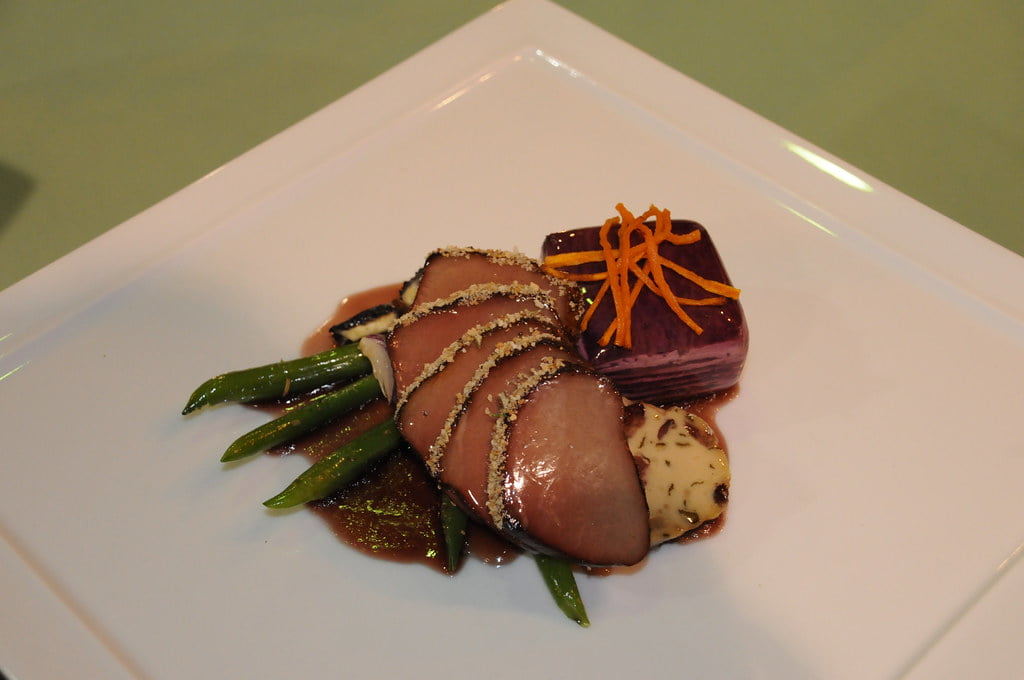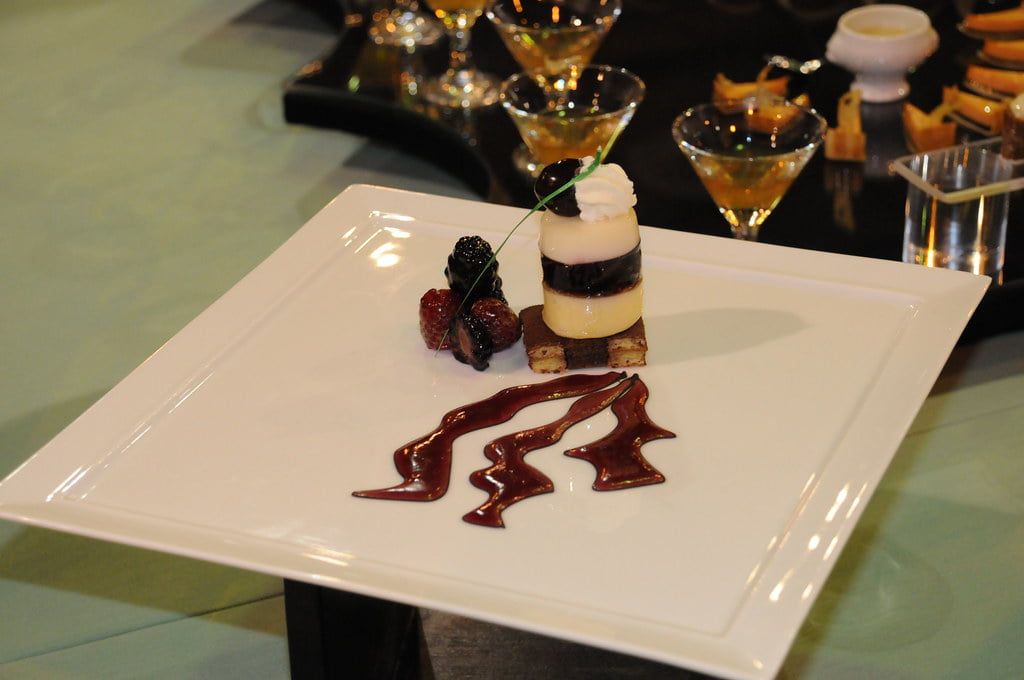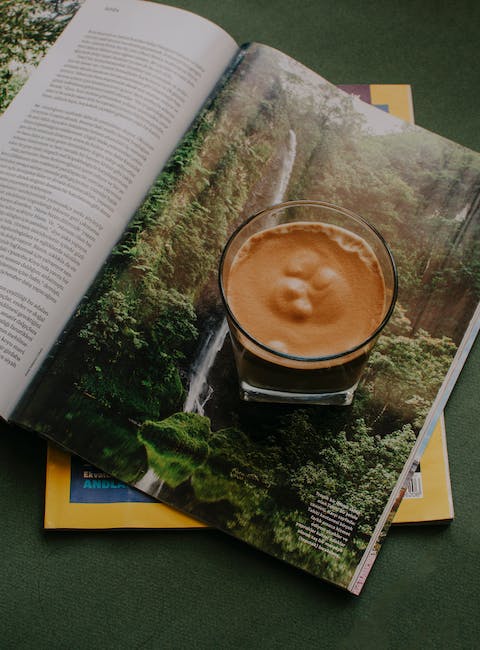Chocolate in Culinary Literature at present, chocolate is ubiquitous in cookbooks and culinary literature. Its creamy texture and rich flavor are coveted by many worldwide, but the chocolate wasn’t always as famous as it is today. Its history in culinary literature goes back thousands of years. In this article, we delve into the rich history of chocolate in cookbooks and culinary literature and explore how it has evolved.
The Early History of Chocolate in Cookbooks and Culinary Literature
Chocolate is believed to have originated in Mesoamerica, where the Mayans and Aztecs used it to make a bitter drink. The drink was served during religious ceremonies and was thought to have medicinal properties. Chocolate was brought to Europe by Spanish explorers in the 16th century, and it quickly gained popularity among the wealthy. However, it wasn’t until the 17th century that chocolate began appearing in cookbooks.
One of the earliest cookbooks to mention chocolate was “The Natural History of Chocolate,” by Antonio Colmenero de Ledesma, in 1644. The book contained recipes for chocolate drinks, including one made with vanilla, cinnamon, and cloves. Chocolate drinks soon became a popular beverage in Europe, and recipes began to appear in more and more cookbooks.

The Role of Chocolate in the Industrial Revolution
During the Industrial Revolution in the 18th and 19th centuries, chocolate became more widely available. The invention of new technologies, such as the cocoa press, allowed for the mass production of chocolate, and the commodity price dropped. This led to an increase in the consumption of chocolate, and it began to appear in more and more recipes.
In 1847, Joseph Fry created the first solid chocolate bar, which was made by mixing cocoa powder, sugar, and cocoa butter. This innovation made chocolate more accessible to the general public and soon became a staple in households worldwide.

The Evolution of Chocolate in Culinary Literature
Over time, chocolate appeared in various recipes, including cakes, cookies, and pastries. In the 20th century, cookbooks focused more on chocolate as a standalone ingredient rather than just a flavoring for drinks.
One of the most famous chocolate cookbooks is “Death by Chocolate,” by Marcel Desaulniers, in 1992. The book contained over 60 chocolate dessert recipes and was an instant hit. It helped solidify chocolate as a staple in culinary literature and inspired countless other chocolate-centric cookbooks.
Conclusion
In conclusion, chocolate has come a long way in cookbooks and culinary literature. What began as a bitter drink consumed during religious ceremonies has become a staple ingredient in countless desserts and sweet treats. Its rich history is a testament to its versatility and enduring popularity. As we move forward, we can expect to see even more creative uses of chocolate in culinary literature, and we can’t wait to see what the future holds.
FAQ’s
What is the earliest mention of chocolate in culinary literature?
One of the earliest mentions of chocolate in culinary literature is in the book “The Natural History of Chocolate,” by Antonio Colmenero de Ledesma, in 1644. The book contained recipes for chocolate drinks, including one made with vanilla, cinnamon, and cloves.
When did chocolate become more widely available to the general public?
During the Industrial Revolution in the 18th and 19th centuries, chocolate became more widely available. The invention of new technologies, such as the cocoa press, allowed for the mass production of chocolate, and the commodity price dropped. This led to an increase in the consumption of chocolate, and it began to appear in more and more recipes.
What role did chocolate play in 20th-century culinary literature?
In the 20th century, chocolate appeared in various recipes, including cakes, cookies, and pastries. Cookbooks began to focus more on chocolate as a standalone ingredient rather than just a flavoring for drinks. One of the most famous chocolate cookbooks is “Death by Chocolate,” by Marcel Desaulniers, in 1992. The book contained over 60 chocolate dessert recipes and was an instant hit. It helped solidify chocolate as a staple in culinary literature and inspired countless other chocolate-centric cookbooks.
What are some popular chocolate-based desserts?
There are countless chocolate-based desserts to choose from. Some famous examples include chocolate cake, chocolate chip cookies, brownies, chocolate mousse, and chocolate truffles.
Is chocolate good for Us?
While chocolate can be high in sugar and fat, it also contains antioxidants and other nutrients that can benefit your health. However, consuming chocolate in moderation is essential to a balanced diet. Dark chocolate, in particular, has been shown to have health benefits when consumed in small amounts.
